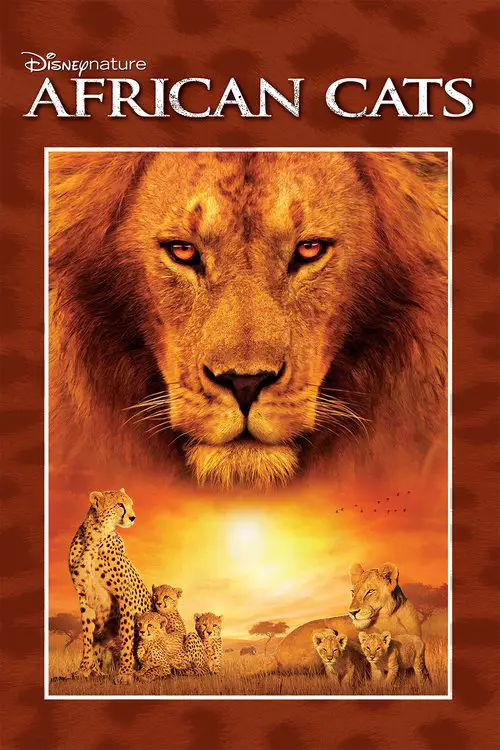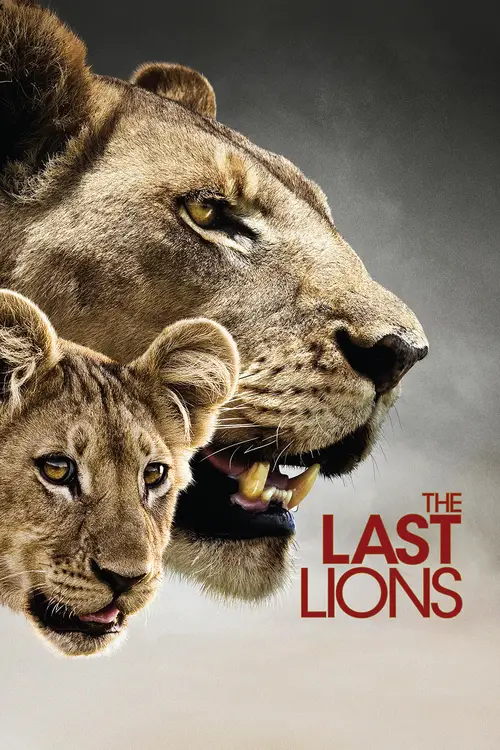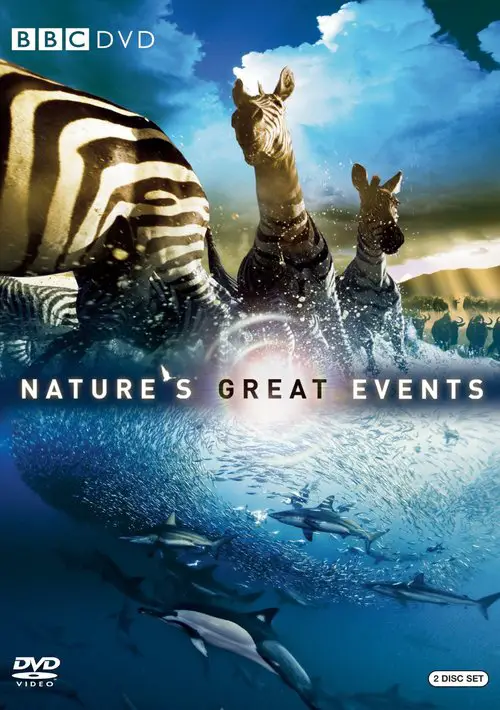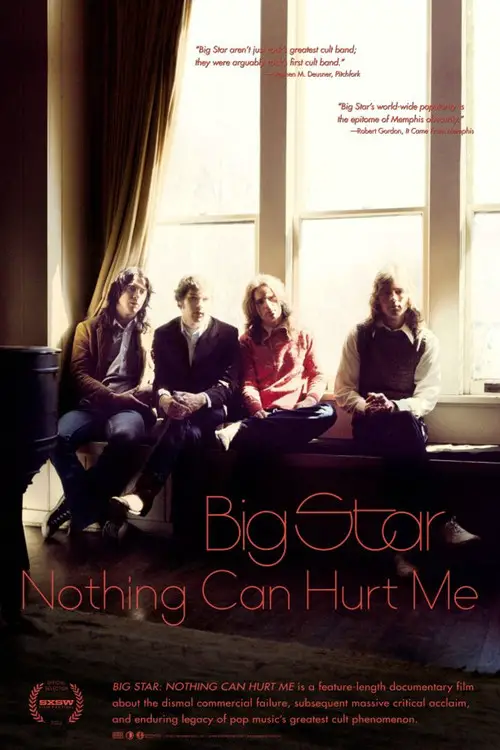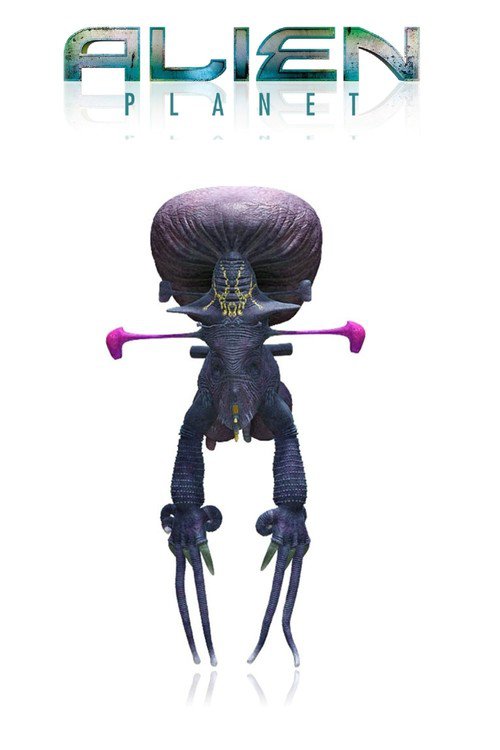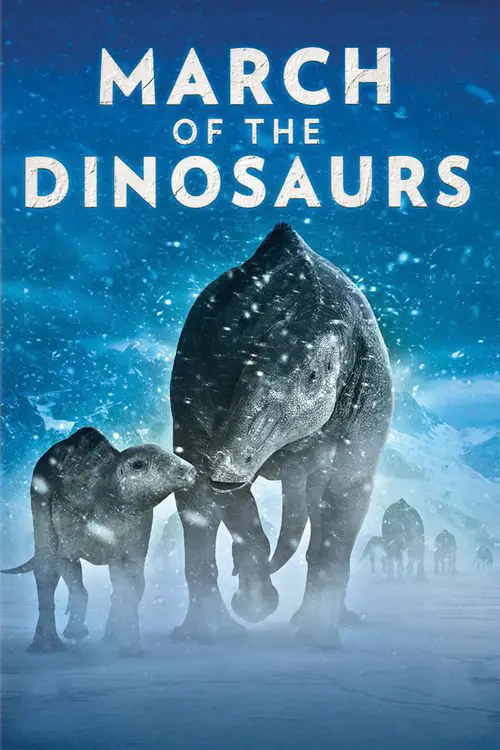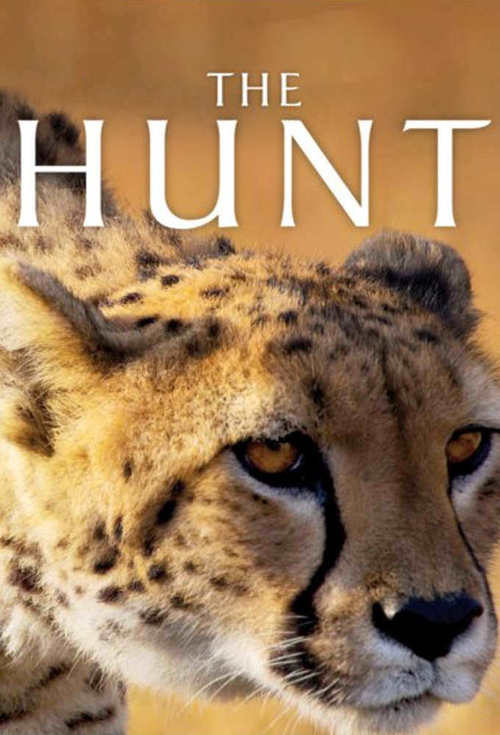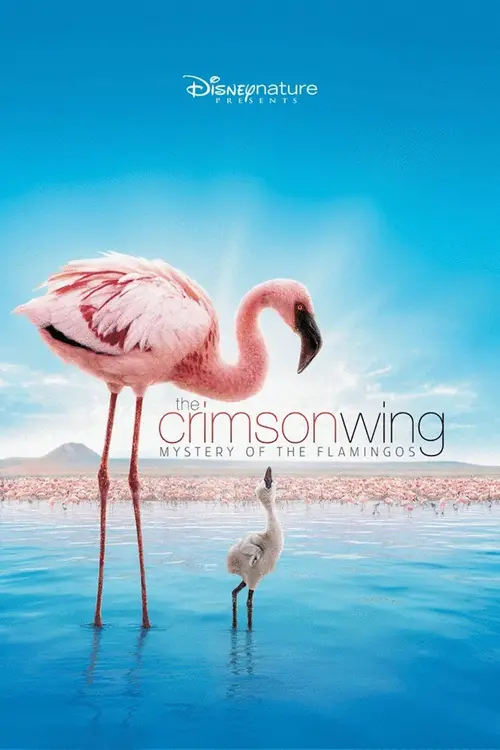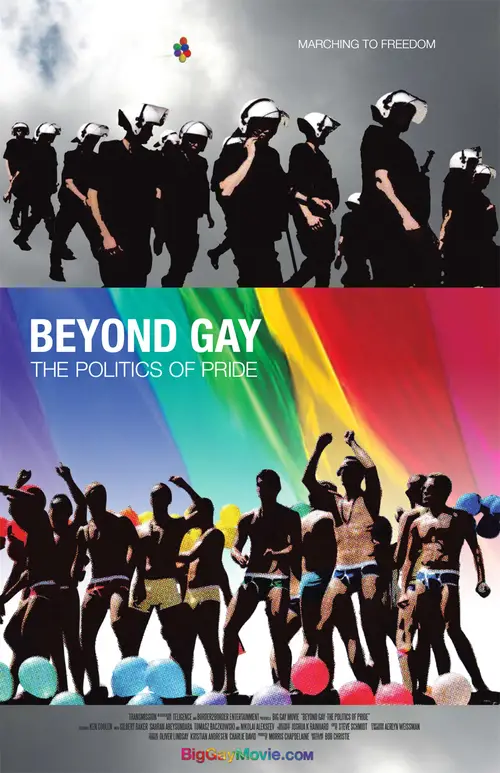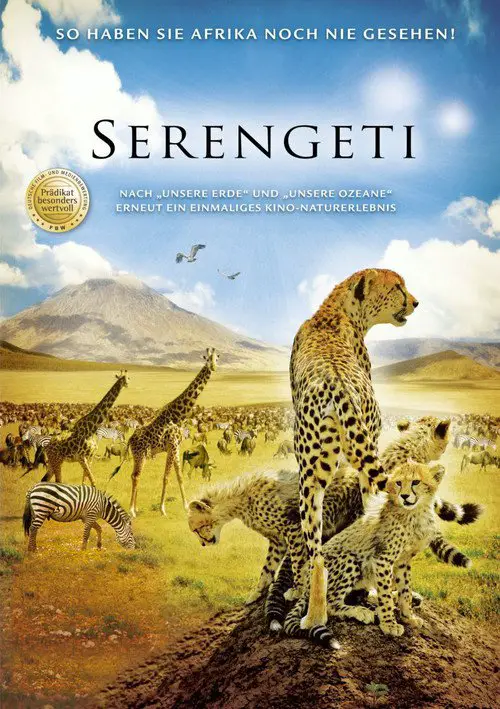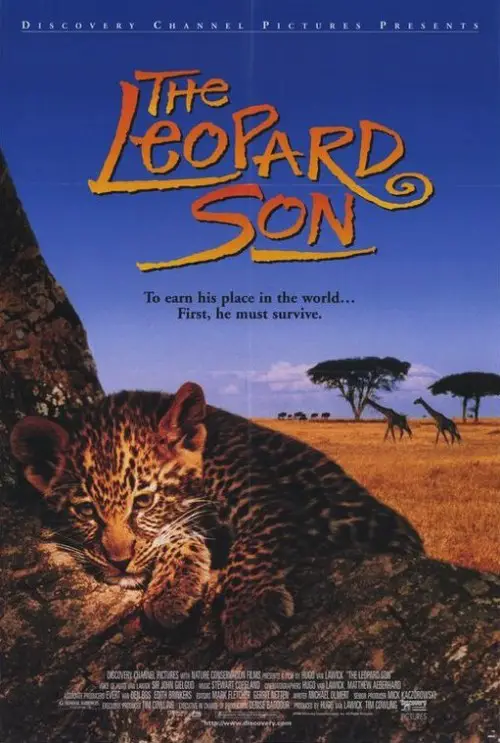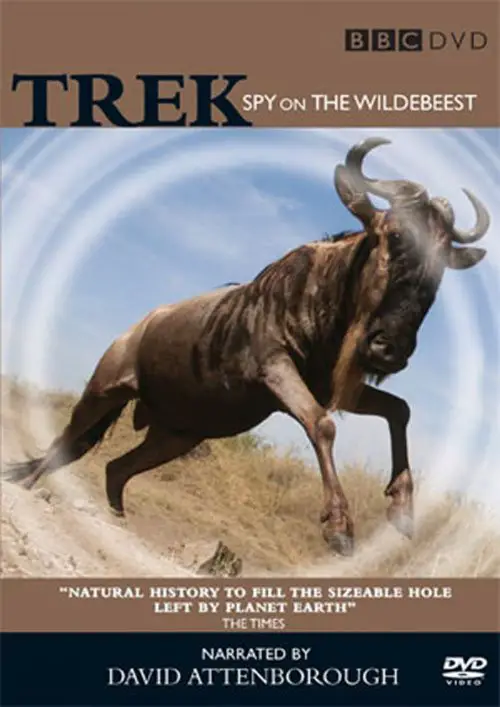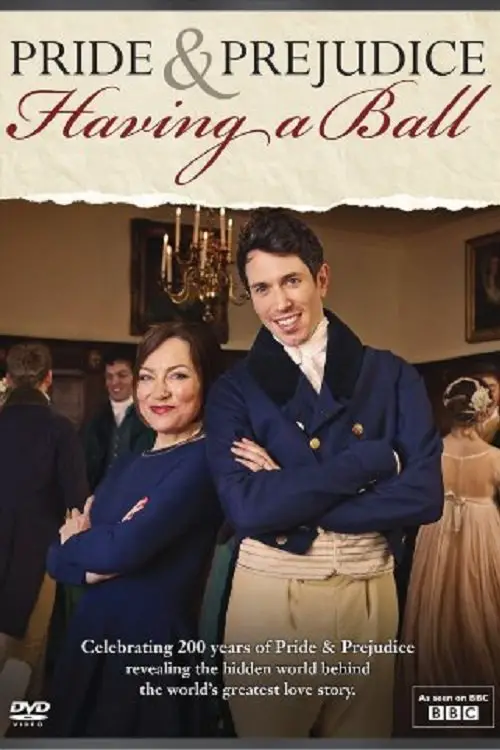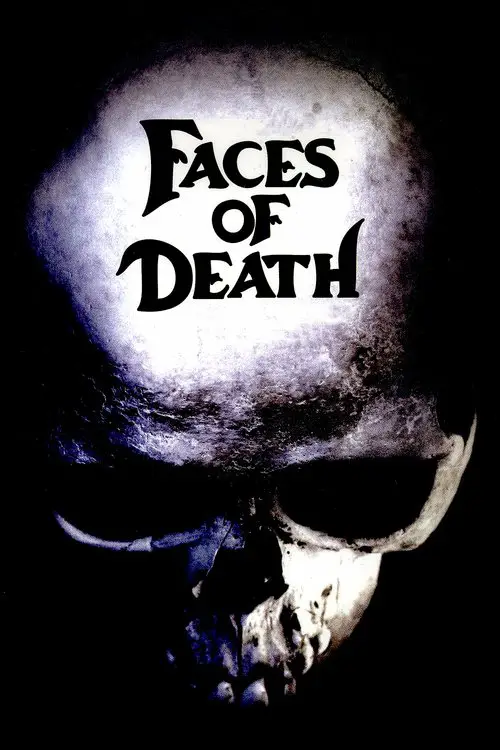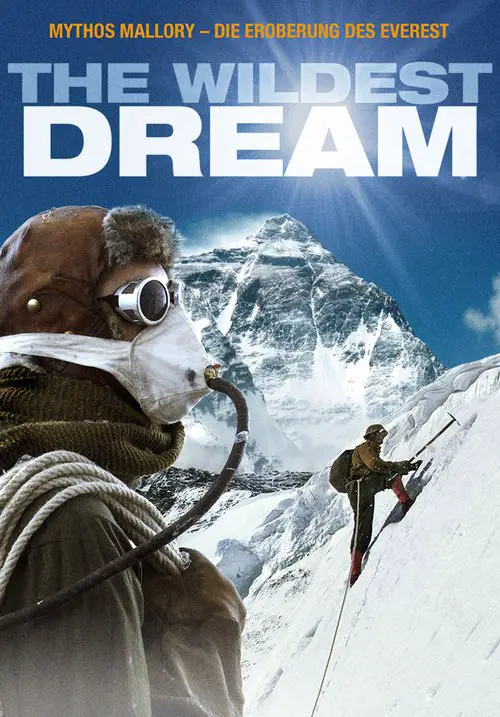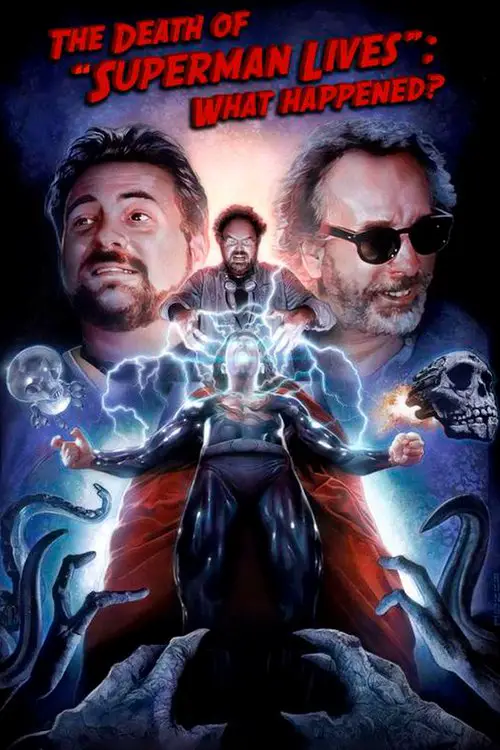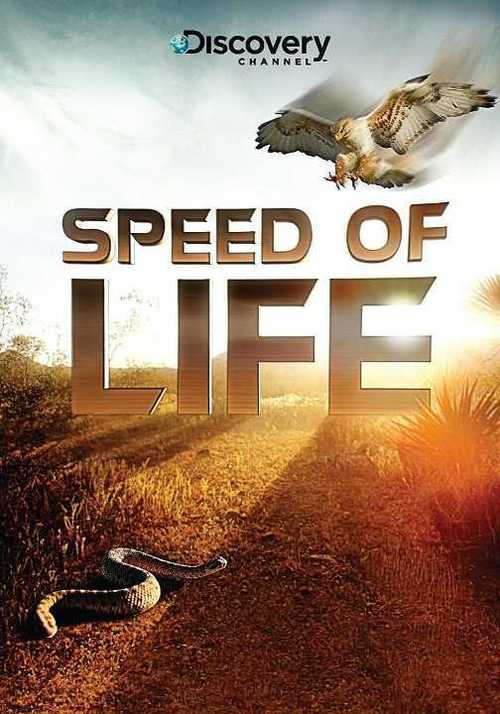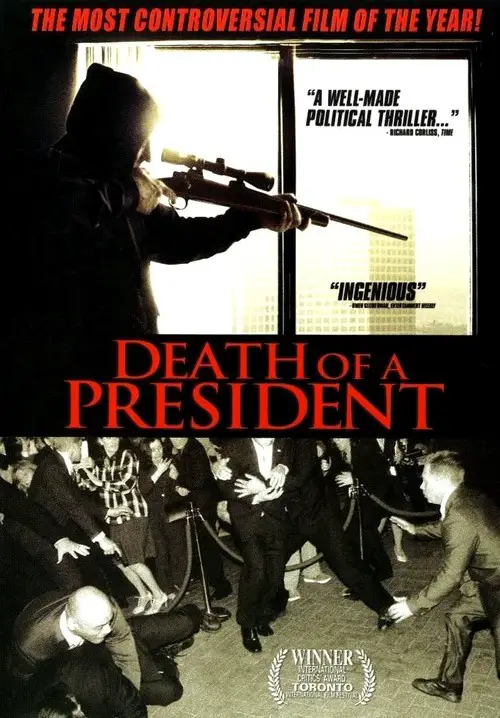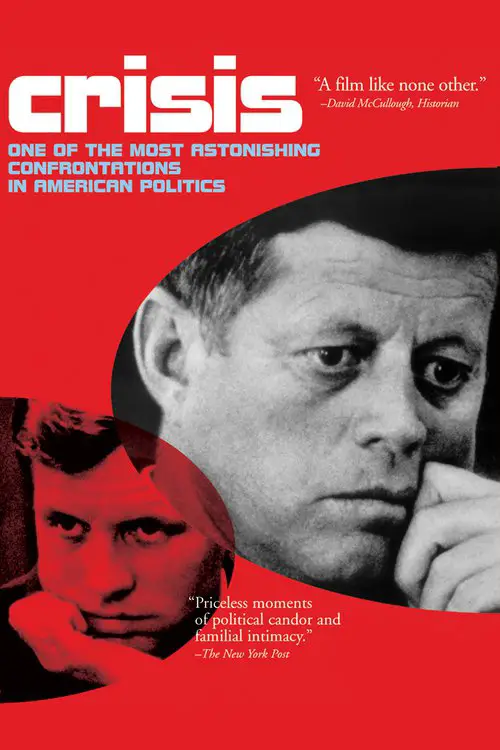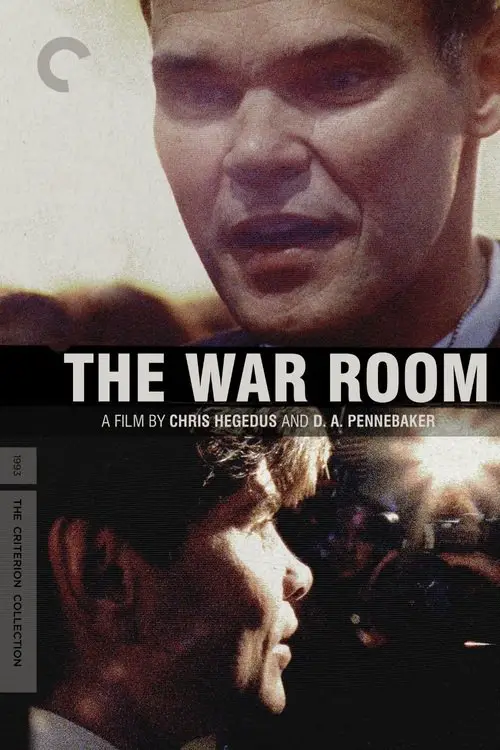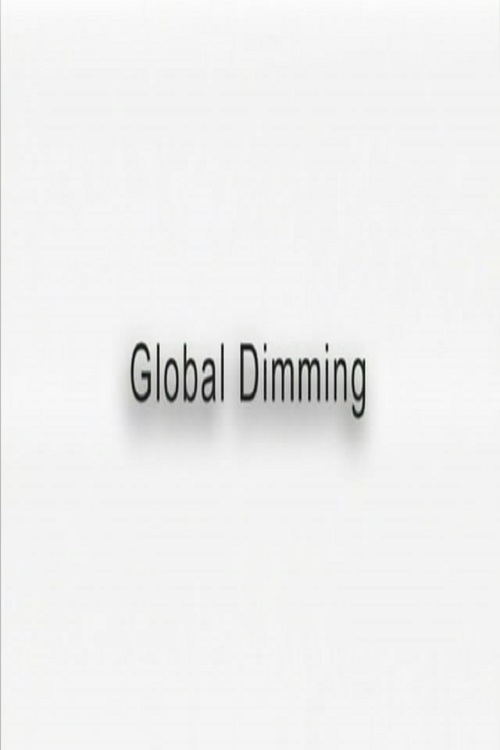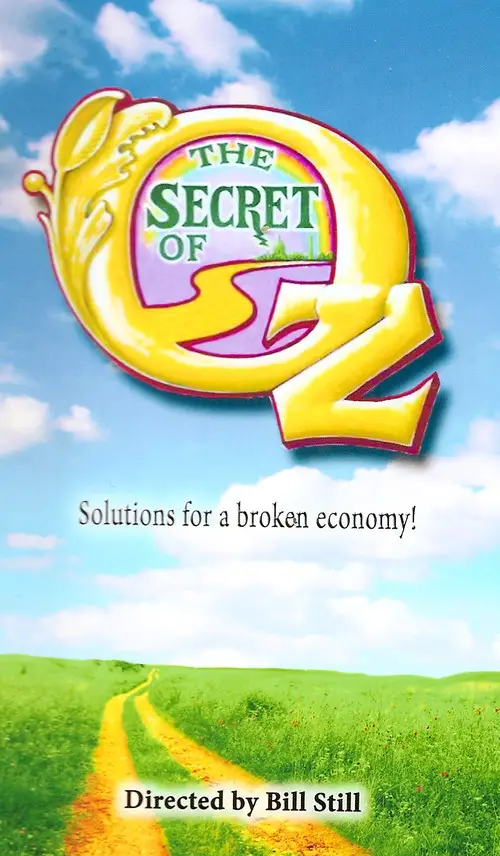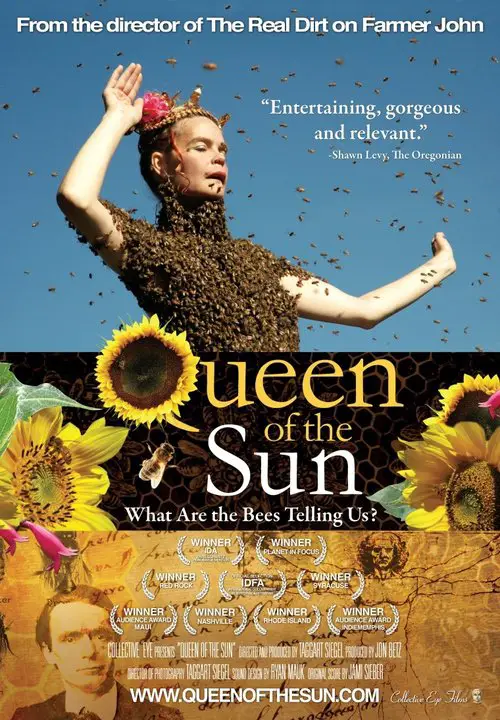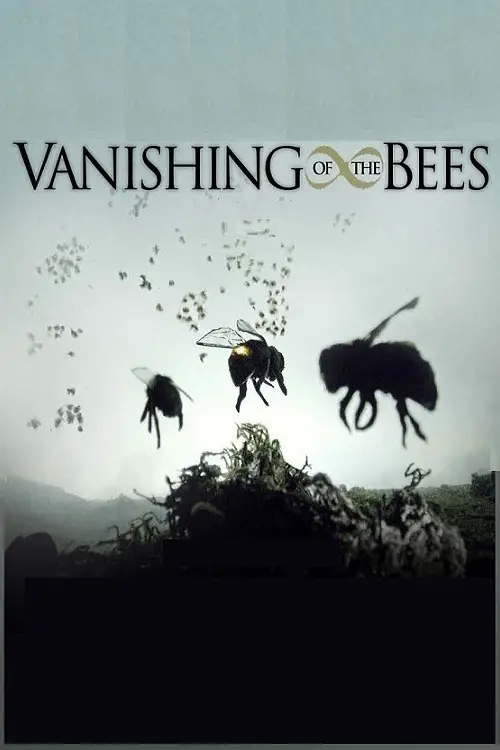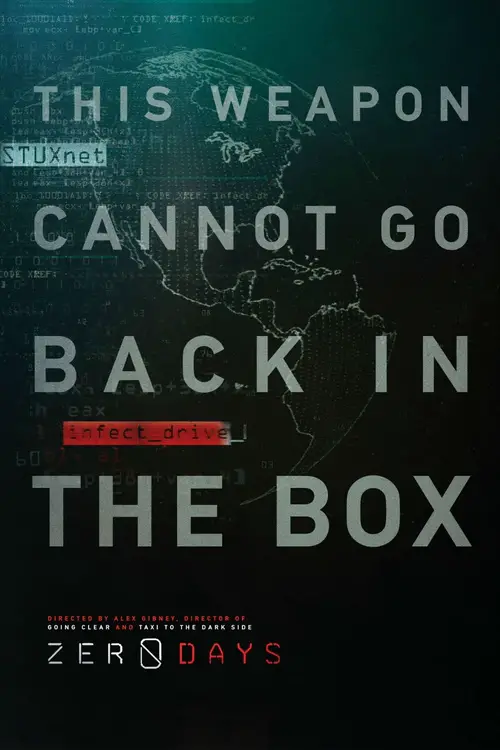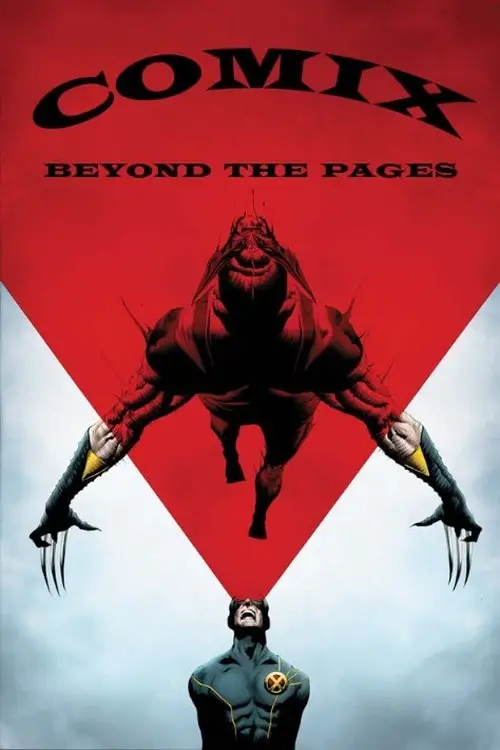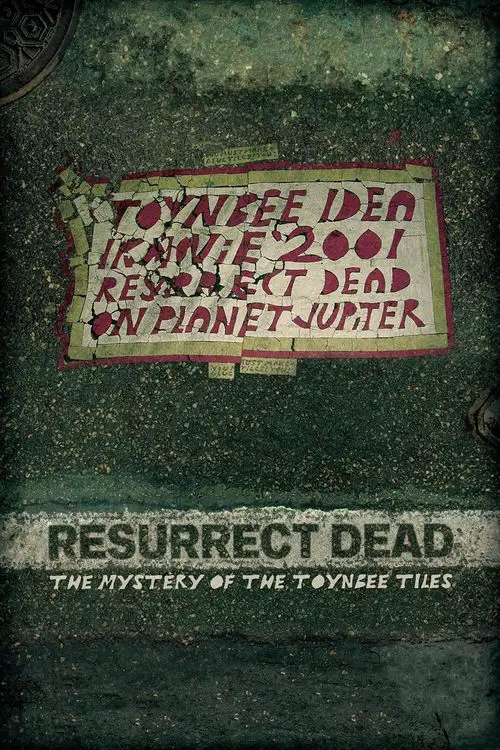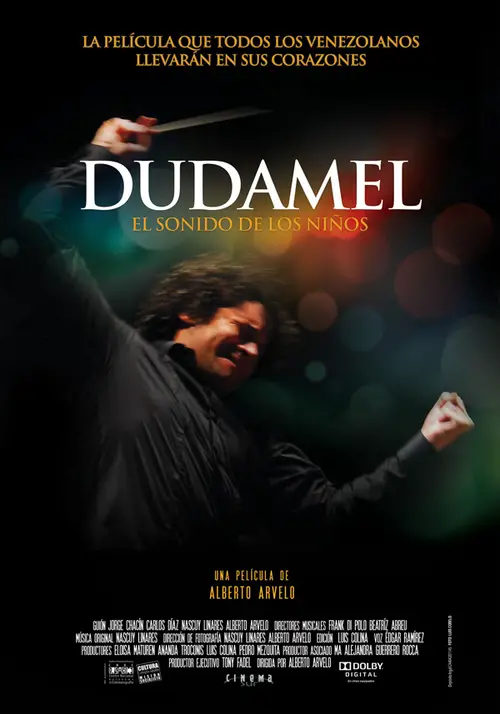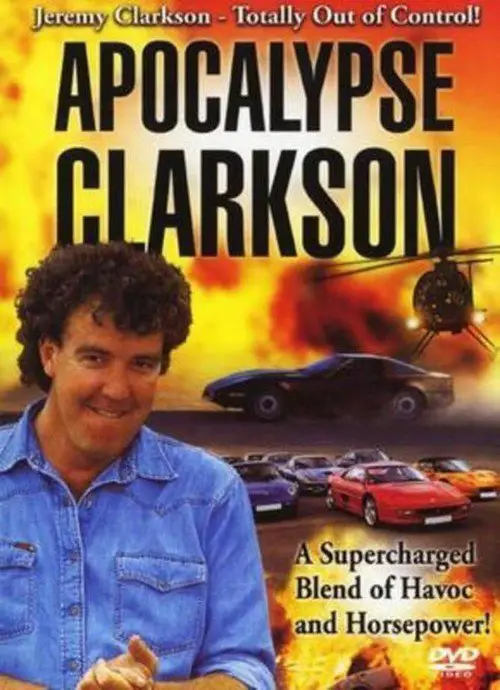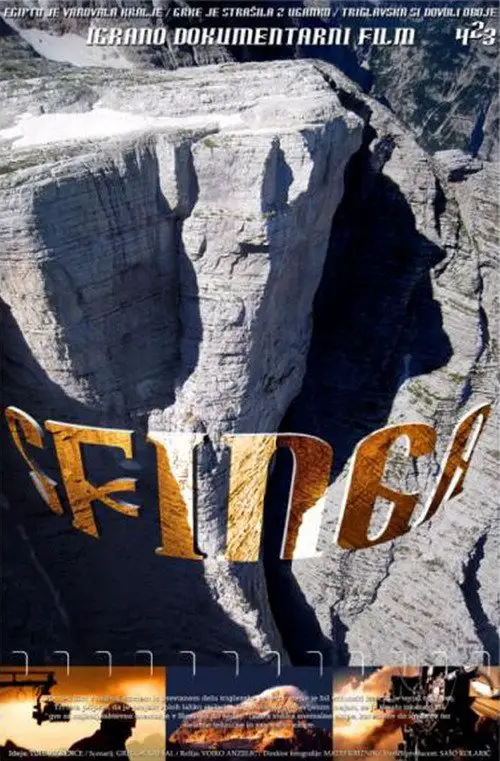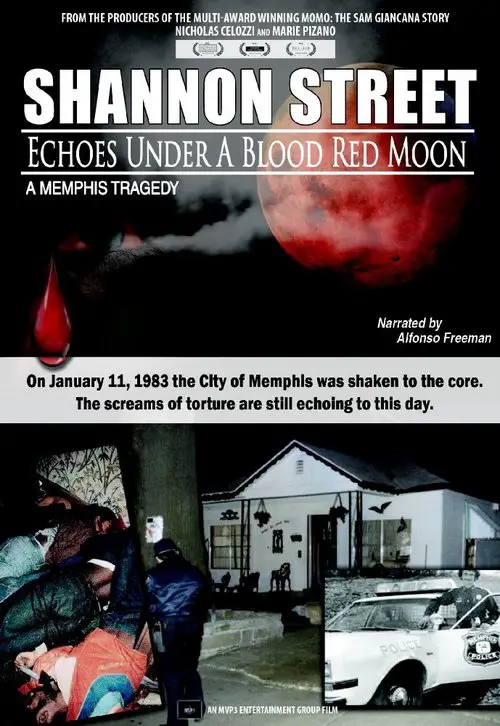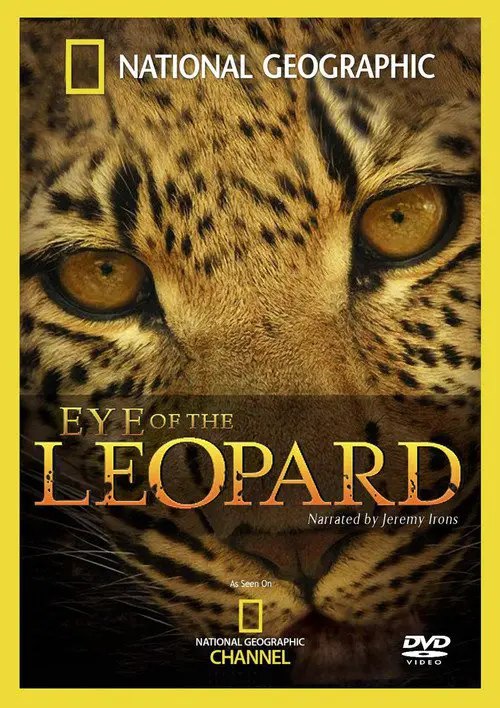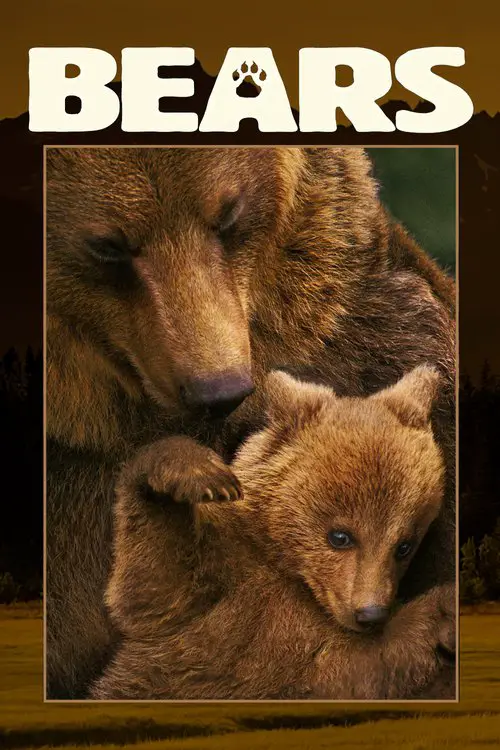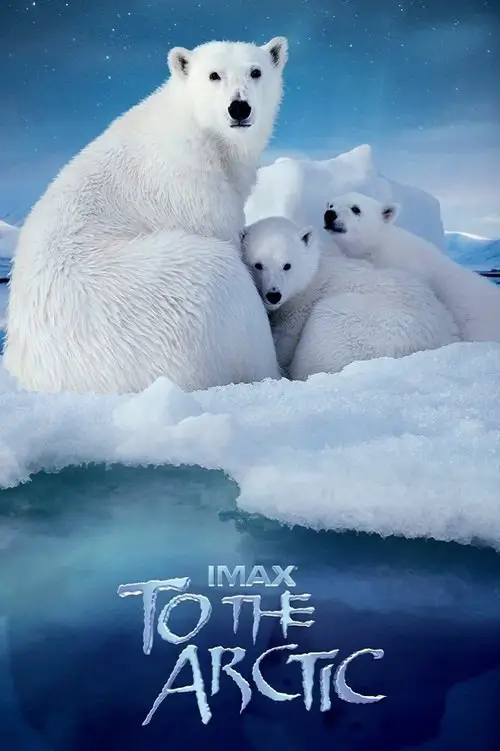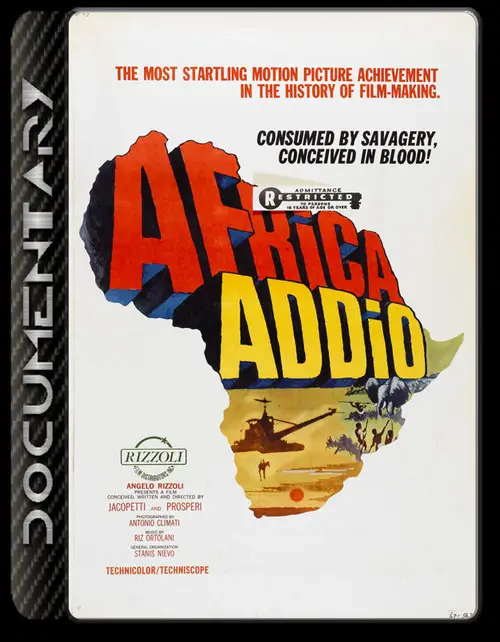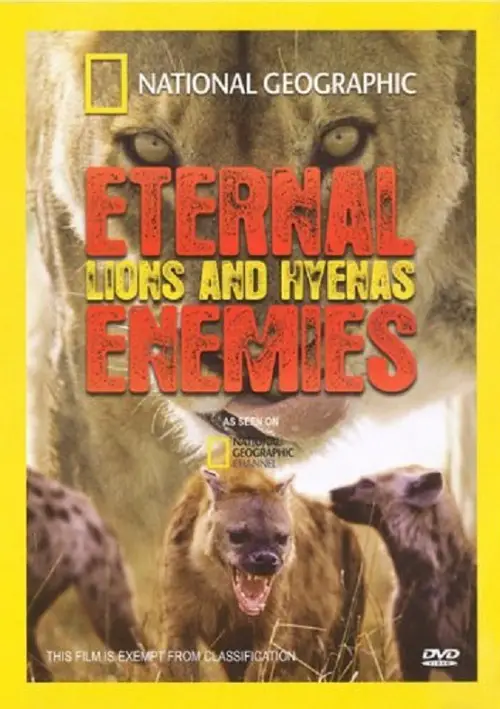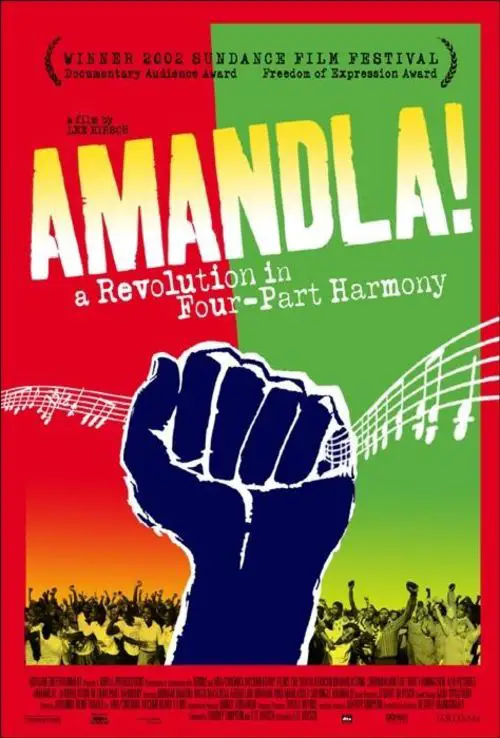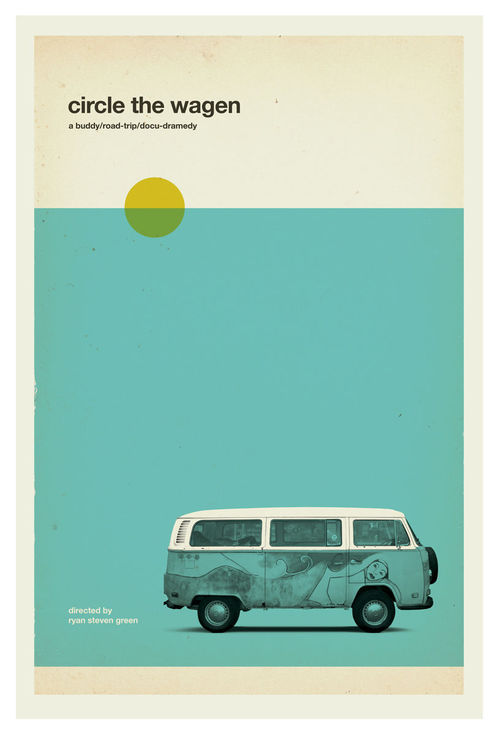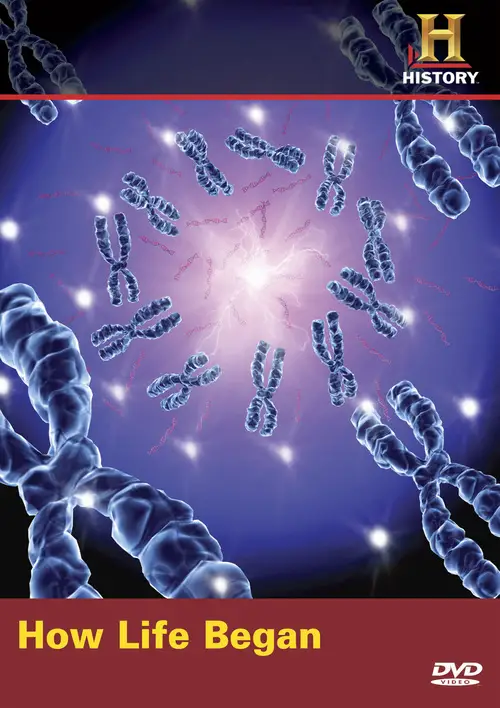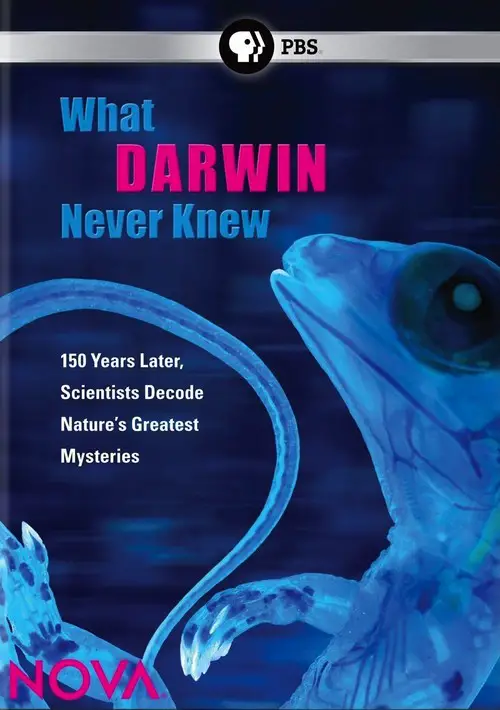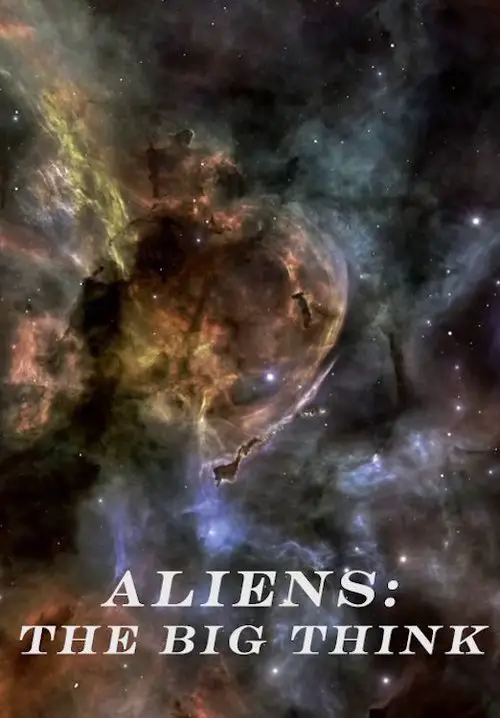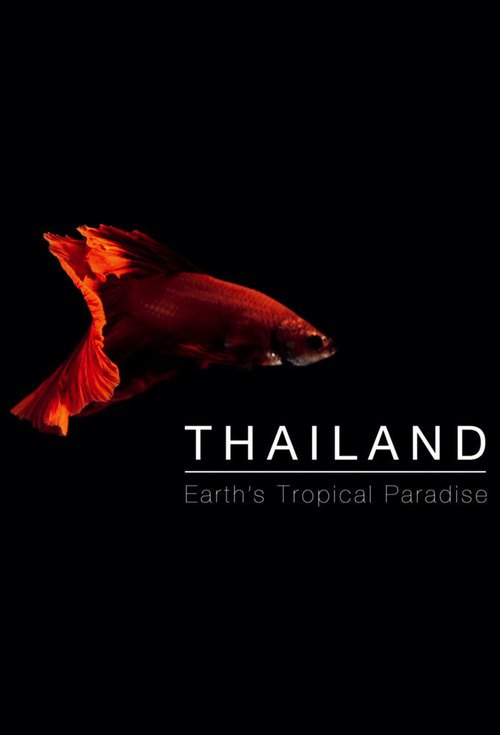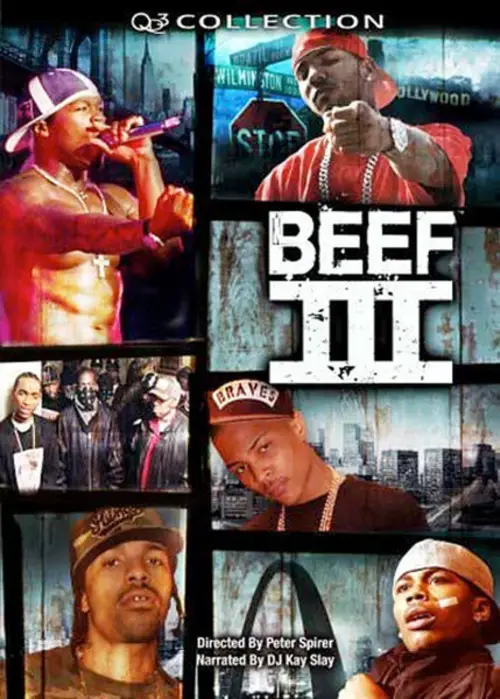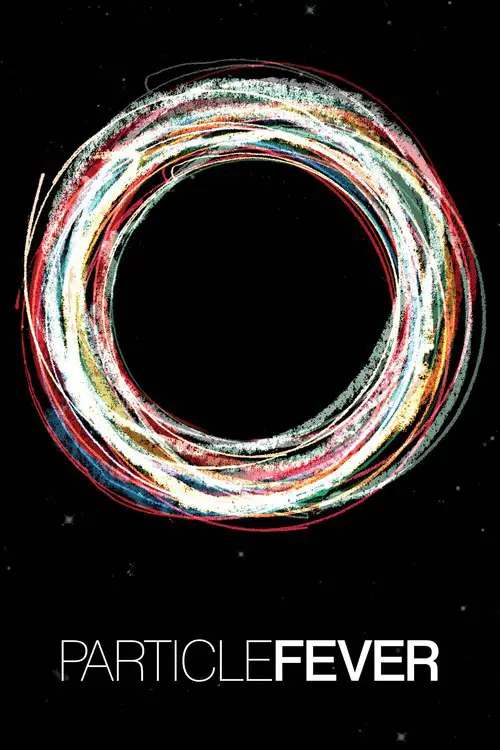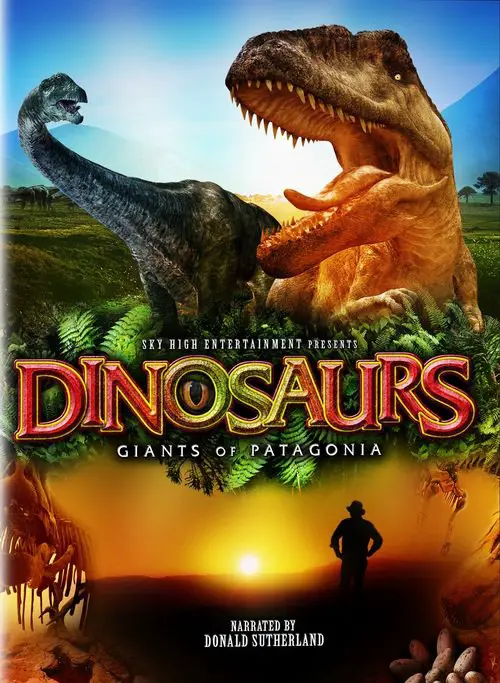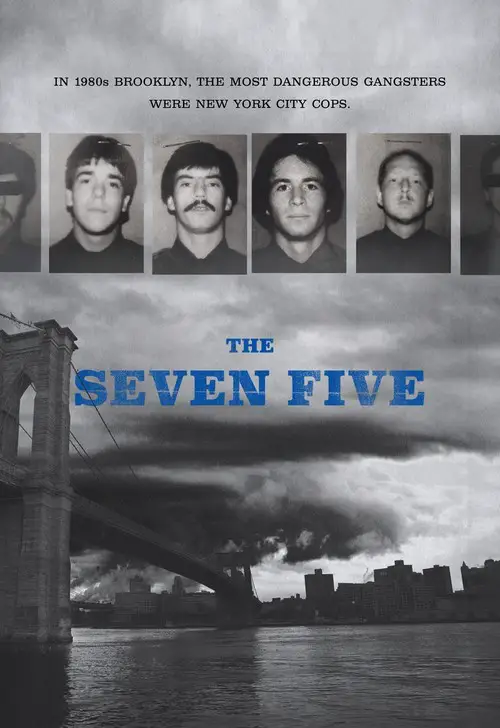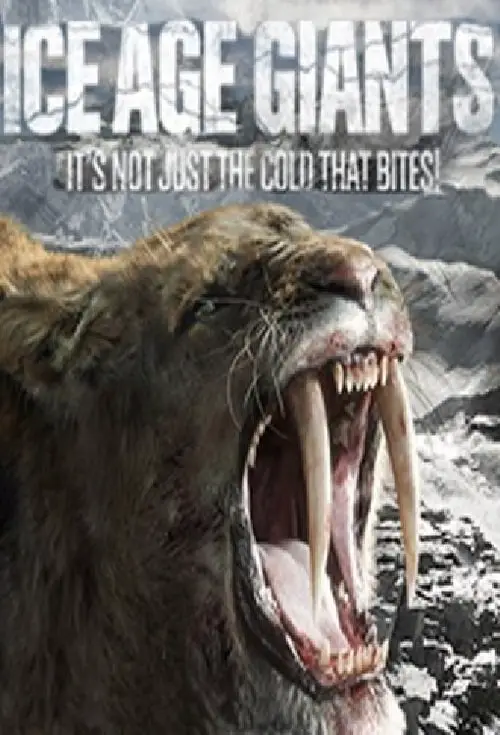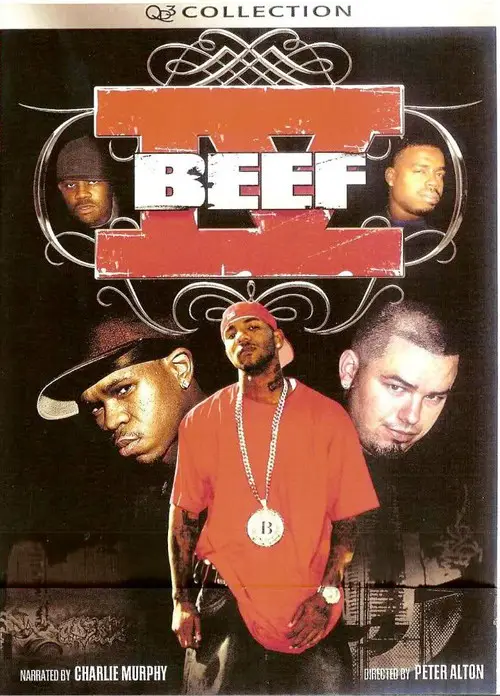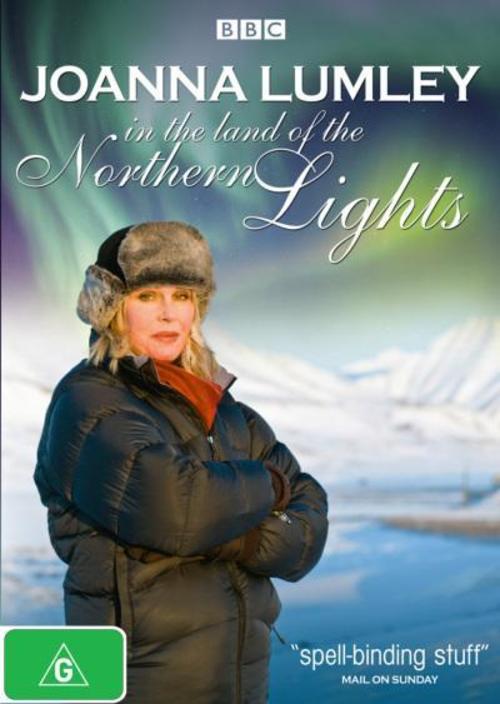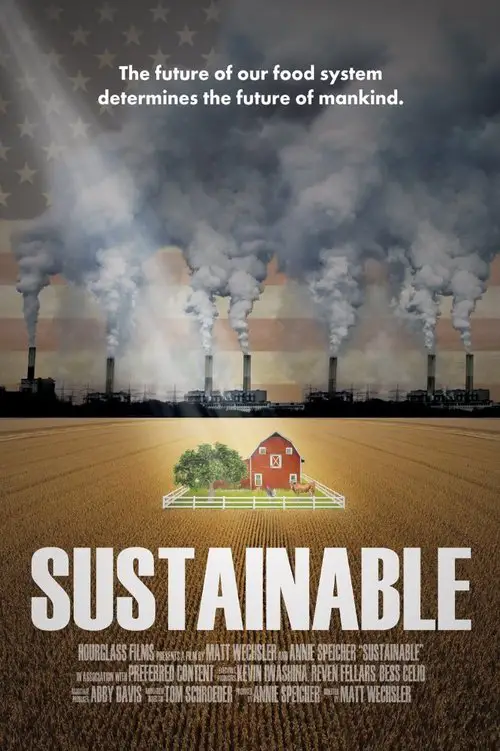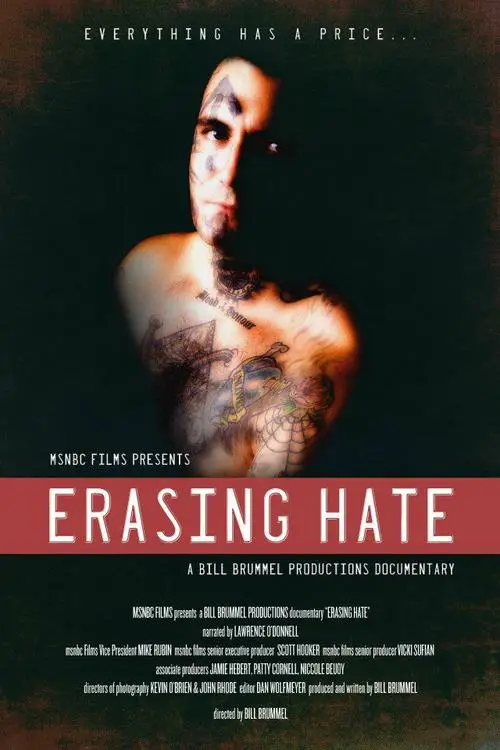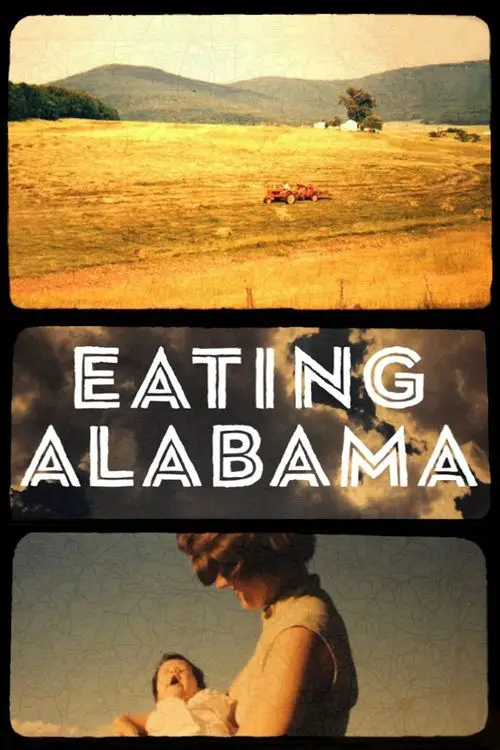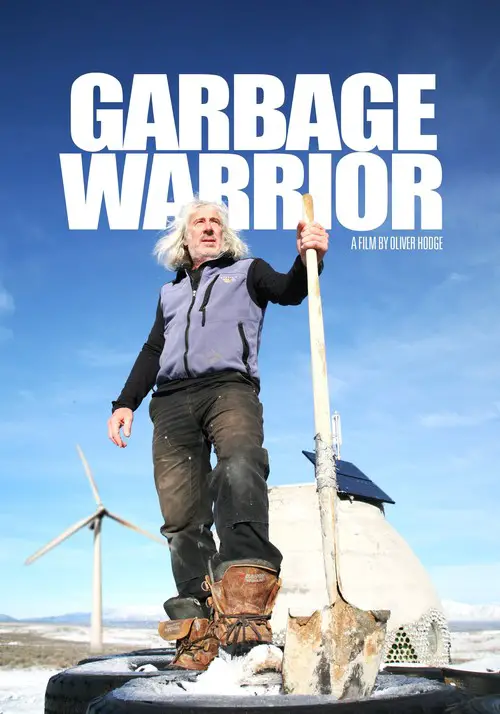Superpride (2008)
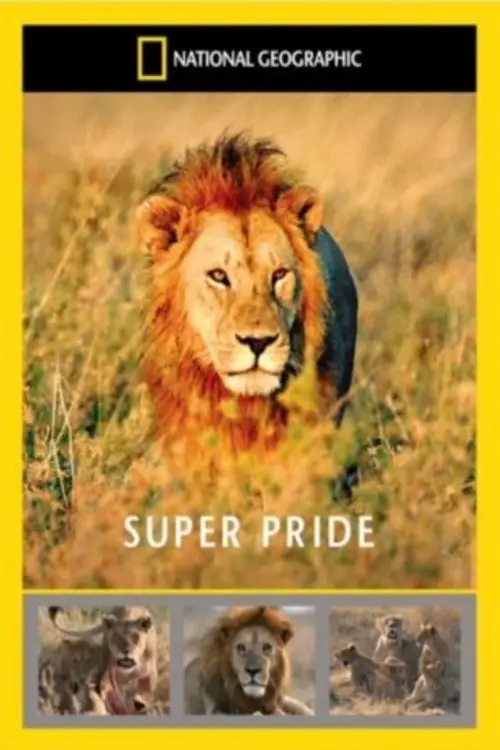
Similar movies
African Cats captures the real-life love, humor and determination of the majestic kings of the savanna. The story features Mara, an endearing lion cub who strives to grow up with her motherâs strength, spirit and wisdom; Sita, a fearless cheetah and single mother of five mischievous newborns; and Fang, a proud leader of the pride who must defend his family from a once banished lion.
In Botswana's Okavango Delta, an ostracized lioness and her two cubs must fight alone to survive - overcoming all manner of hazard, from the raging wildfires on the Delta, to the jealousy of sister lionesses, to the marauding males who kill her mate, to the prey that becomes predator. Their only defense is to escape to Duba Island -- and with that, an unknown future. The setting for this epic tale is one of the last regions where lions can live in the wild. Faced with dwindling land and increasing pressure from hunting, lions - like our lone lioness and her cubs - are approaching the brink of extinction.
Each year over one million wildebeest and zebra invade the Serengeti grasslands, making it a paradise for the predators the live there. But what happens when the herds move off again? We follow the moving story of one lion family's struggle to survive until the return of the great migration. The Ntudu pride has seven cubs, and is already suffering as the wildebeest leave to find fresh pastures. The four pride females struggle to find enough food for their hungry offspring. As weeks turn to months, the pride members become more emaciated and frailer, and the number of cubs dwindles to just two.
The dynamic meeting of solid science and futuristic simulation culminates in a dramatic exploration to another inhabited planet seven light years away. Alien Planet creates a realistic depiction of creatures on another world, where life is possible, if not provable, according to scientists' theories. Take this fascinating journey created by state-of-the-art animation and photo-realistic effects.
The contests between predators and prey are the most critical events in nature. The outcome of these interactions is seldom a foregone conclusion. For both sides, it is a matter of life and death. Narrated by Sir David Attenborough, this series takes an intimate look at the remarkable strategies of hunters and, in some cases, the hunted, exploring the challenges animals face and the tactics they employ. It is how animals respond to a particular challenge that determines whether they are successful. The strategies of both predators and prey are shaped by where they live, so each episode focuses on one principal habitat, whether savannah, jungle or ocean.
In a remote and forgotten wilderness, one of nature's last great mysteries unfolds: the birth, life and death of a million crimson-winged flamingos. Against a dramatic backdrop of never-before filmed landscapes, these secretive birds struggle to survive and prevail over danger and fate. This inspiring story, set in the extraordinary 'otherworld' of Lake Natron in northern Tanzania, the cradle of humankind, reminds us: here on earth is a universe waiting to be discovered.
Over the course of a year, film follows Vancouver Pride Society president Ken Coolen to various international Pride events, including Poland, Hungary, Russia, Sri Lanka and others where there is great opposition to pride parades. In North America, Pride is complicated by commercialization and a sense that the festivals are turning away from their political roots toward tourism, party promotion and entertainment. Christie documents the ways larger, more mainstream Pride events have supported the global Pride movement and how human rights components are being added to more established events. In the New York sequence, leaders organize an alternative Pride parade, the Drag March, set up to protest the corporatization of New York Pride. A parade in São Paulo, the world's largest Pride festival, itself includes a completely empty float, meant to symbolize all those lost to HIV and to anti-gay violence.
Main subject of Serengeti is the mass migration of wildebeest , which in search of nutritious grass hundreds of kilometers annually by the savannah draw. At the end of the rainy season, they break into a huge herd of over a million animals on the north. The wildebeest and other animals are joining the migration, as zebras and gazelles , continuously exposed to hazards, particularly by predators such as lions and cheetahs . A highlight of the great migration, the crossing of the Mara is: There, the wildebeest have to overcome not only meter high cliffs, they are also crocodiles delivered. With the onset of the rainy season, however, leave the wildebeest north again what had long been a mystery. The reason for this is that the grass in the north a phosphorus deficiency , and said thus wildebeest forces to retreat to the south.
The true story of the birth, growth and coming of age of a leopard cub in Africa's Serengeti plain. The journey of "The Leopard Son" begins at his mother's side where he discovers, through play, essential skills for survival in the wild. As it is with humans, there inevitably comes the day when a child must leave his mother to go out on his own.
Each year over 1.2 million wildebeest travel across the vast Serengeti plains and Kenya's Masai Mara on a 1,800 kilometer circular journey, relentlessly followed by every big African predator. Revolutionary spy cams - airborne, swimming or disguised as rocks, skulls or dung - reveal the Great Wildebeest Migration from entirely new perspectives. This 2-part series focuses on the growing-up of a calf as he takes his first steps, faces his first deadly perils and tries to cross crocodile-infested rivers. It combines natural humor with exciting drama and gripping music.
In Pride And Prejudice: Having A Ball, social historian Amanda Vickery leads the action as a team of experts recreate a Regency ball in honour of the 200th anniversary of Jane Austenâs popular novel. Joined by Alastair Sooke and a coterie of professionals â a food historian, a costume expert, music history academics and a choreographer who trains a team of dance students to take to the floorâ cameras will follow the recreation inspired by Austenâs Netherfield ball. This intimate country house ball drives the plot of the Pride And Prejudice, and is a key turning point in the romance between Elizabeth Bennett and Mr Darcy.
The Death of 'Superman Lives': What Happened? feature film documents the process of development of the ill fated "Superman Lives" movie, that was to be directed by Tim Burton and star Nicolas Cage as the man of steel himself, Superman. The project went through years of development before the plug was pulled, and this documentary interviews the major players: Kevin Smith, Tim Burton, Jon Peters, Dan Gilroy, Colleen Atwood, Lorenzo di Bonaventura and many many more.
The Big One is an investigative documentary from director Michael Moore who goes around the country asking why big American corporations produce their product abroad where labor is cheaper while so many Americans are unemployed, losing their jobs, and would happily be hired by such companies as Nike.
A fictional investigative documentary looks back on the "assassination" of George W. Bush and attempts to answer the question of who committed the murder. Perhaps less morbid and disturbing to watch now than during Bush's presidency, the film doesn't address Bush's policies at all, instead focusing on the way a nation assigns blame in a time of crisis.
During a two-day period before and after the University of Alabama integration crisis, the film uses five camera crews to follow President John F. Kennedy, attorney general Robert F. Kennedy, Alabama governor George Wallace, deputy attorney general Nicholas Katzenbach and the students Vivian Malone and James Hood. As Wallace has promised to personally block the two black students from enrolling in the university, the JFK administration discusses the best way to react to it, without rousing the crowd or making Wallace a martyr for the segregationist cause.
In no other province have as many cultural buildings been erected in the last two decades as in Lower Austria.The documentary Building for the Arts presents a few outstanding examples of this cultural development.Starting with St. Pöltenâs cultural district and the âArt Mileâ in Krems, we show how contemporary architecture has uniformly established itself - from the revitalization of historic sites, including monasteries and castles, to the construction of sensational new buildings. The viewer will be led through the broad spectrum of exceptional building culture in Lower Austria, a culture which provides art, theater and music with the plentiful and spectacular stages it deserves.
Vancouver-based voice artist Ashleigh Ball has been the voice of numerous characters in classic cartoons such as Care Bears, Strawberry Shortcake, Cinderella and more. When Ashleigh was hired to voice Apple Jack and Rainbow Dash for Hasbro's fourth series to use the My Little Pony name - My Little Pony: Friendship Is Magic - she had no idea she would become an Internet phenomenon and major celebrity to a worldwide fan-base of grownups. Bronies are united by their belief in the show's philosophy. This documentary gives an inside view of the Pony fan-world, and an intimate look at the courage it takes to just be yourself...even when that means liking a little girls' cartoon.
This may be the one of the most important Horizon films of recent years. Climate scientists have just discovered a phenomenon that threatens to disrupt our world. It may already have contributed to the deaths of hundreds of thousands through drought and famine. Unchecked, it will strike again. The good news is that there is a cure. The bad news is that the cure may be worse than the disease. If they are right, then in tackling the one problem, we may unleash a climate catastrophe on our planet. This is a film about stark choices and about the dawning realisation that all our predictions about the world's climate may be completely wrong. At its heart is something that scientists are calling "global dimming".
It is well known in economics academia that The Wonderful Wizard of Oz written by L. Frank Baum in 1900 is loaded with powerful symbols of monetary reform which were the core of the Populist movement and the 1896 and 1900 president bid of Democrat William Jennings Bryan. The yellow brick road (gold standard), the emerald city of Oz (greenback money), even Dorothyâs silver slippers (changed to ruby slippers for the movie version) were the symbol of Baumâs and Bryanâs belief that adding silver coinage to gold would provide much needed money to a depression-strapped, 1890s America. We believe Baumâs symbols represent the only solution to relieve the growing economic hardship here in America â and the rest of the world. Practically speaking, 2009 marks the 70th anniversary of the 1939 MGM release of the The Wizard of Oz movie, so interest will be very high. Even Oz websites put up by kids get millions of hits.
In 1923, Rudolf Steiner, an Austrian scientist, philosopher & social innovator, predicted that in 80 to 100 years honeybees would collapse. Now, beekeepers around the United States and around the world are reporting an incredible loss of honeybees, a phenomenon deemed "Colony Collapse Disorder." This "pandemic" is indicated by bees disappearing in mass numbers from their hives with no clear single explanation. The queen is there, honey is there, but the bees are gone. For the first time, in an alarming inquiry into the insights behind Steiner's prediction QUEEN OF THE SUN: What Are the Bees Telling Us? investigates the long-term causes behind the dire global bee crisis through the eyes of biodynamic beekeepers, commercial beekeepers, scientists and philosophers.
This documentary takes a piercing investigative look at the economic, political and ecological implications of the worldwide disappearance of the honeybee. The film examines our current agricultural landscape and celebrates the ancient and sacred connection between man and the honeybee. The story highlights the positive changes that have resulted due to the tragic phenomenon known as "Colony Collapse Disorder." To empower the audience, the documentary provides viewers with tangible solutions they can apply to their everyday lives. Vanishing of the Bees unfolds as a dramatic tale of science and mystery, illuminating this extraordinary crisis and its greater meaning about the relationship between humankind and Mother Earth. The bees have a message - but will we listen?
Alex Gibney explores the phenomenon of Stuxnet, a self-replicating computer virus discovered in 2010 by international IT experts. Evidently commissioned by the US and Israeli governments, this malware was designed to specifically sabotage Iranâs nuclear programme. However, the complex computer worm ended up not only infecting its intended target but also spreading uncontrollably.
COMIX is a feature documentary on comic books, the comic book world, and the phenomenon surrounding them. It is told through the thoughts and images of some of the greatest talent in the comic book industry like Stan Lee, Frank Miller, Neal Adams, Mark Waid, Marc Silvestri, and John Romita Jr., among many others. COMIX also has tons of interviews with the fans, many in full costumes, as they share their love for the art form, and who have made comics the phenomenon that it is today.
Hundreds of children and youth orchestras around the world are emerging musical inspired by the Venezuelan phenomenon known as "The System." This rebellion of thousands of children are being held internationally to give children everywhere the opportunity to grow in an atmosphere of creativity, companionship, entertainment, art, discipline and high social values. The brilliant and charismatic Venezuelan conductor Gustavo Dudamel leads to an unforgettable journey to some of the most remote corners of the world, about the transformative stories of a group of children who bring us a clear and powerful message: "music is a universal right. "
Filmed in seven countries, Dudamel: the sound of children is a journey into the bowels of this global phenomenon that elevates the importance of art as a spiritual weapon against a dehumanized world.
The film in a charming and original way compares the first ascent to the first free-climb ascent of the Face of Sphinx, located in the most prominent part of the North Face Triglav. The aesthetic and breathtaking footage present beautiful and powerful environment of the Slovenian national symbol, with the mystical Sphinx at the forefront and all four protagonists of the two crucial ascents, which are separated by a period of three decades. The central story tells us that the Sphinx does not want that the climbers to solve her riddle, taken from her famous question: 'Who walks in the morning on four, at moon on two and in the evening on three (legs)?'
This documentary reflects on the 1983, thirty-hour hostage siege at Shannon Street in Memphis, TN. It compares that era to the current societal events of religion, racism, police involved shootings of civilians and the death of police officers. While briefly touching on the proactive approaches by law enforcement enacted since the siege, interviewees reflect on the emotional impact the incident had on their personal lives.
On the surface, âBottoms Upâ is a documentary film that examines the newest booming trend in aesthetic surgery â big butts. Placed under a microscope, the film explores the mediaâs impact and other societal pressures that have propelled big butts from a cult fetish to a mainstream phenomenon.
Trek into the hidden battlefields of northern Botswana where lions and spotted hyenas clash in overlapping territories. With never-before-seen footage, much of it filmed at night, you'll uncover an intense and vicious blood feud that has been waged for millennia. Follow the Southern Clan, led by a powerful hyena matriarch whose firstborn female cub kills her sister at birth to assure her succession as leader of the clan. Lurk in the shadows as a lioness from the Central Pride gives birth to three cubs and then encounters a deadly Egyptian cobra. You'll be stunned by breathtaking chase scenes as the hyena matriarch is brutally killed by a male lion, throwing the clan into chaos. Discover nature's savage conflicts in this ancient rivalry.
The struggle to eradicate apartheid in South Africa has been chronicled over time, but no one has addressed the vital role music plays in this challenge. This documentary by Lee Hirsch recounts a fascinating and little-known part of South Africa's political history through archival footage, interviews and, of course, several mesmerizing musical performances.
Circle The Wagen is a feature-length buddy/road-trip/docu-dramedy that follows Dave, an idealistic adventurer and automotive ne'er-do-well, and his convivial co-pilot Charlie on their journey down Route 66 in a baby blue 1972 VW bus. Through mishaps and murals, gasoline baths and breakdowns the two discover a teeming underground of vintage VW diehards willing to help save "The Croc" from the scrap heap and rally her beleaguered owner on to California.
Was life triggered by some event, like lightning hitting a pond full of amino acids? Earth was teeming with life billions of years before the dinosaurs existed. Single celled organisms inundated the oceans, and the soil swarmed with living creatures. Where did it all come from and how do you go from a single-celled organism to a trillion-celled organism like man?
Earth teems with a staggering variety of animals, including 9,000 kinds of birds, 28,000 types of fish, and more than 350,000 species of beetles. What explains this explosion of living creaturesâ1.4 million different species discovered so far, with perhaps another 50 million to go? The source of life's endless forms was a profound mystery until Charles Darwin brought forth his revolutionary idea of natural selection. But Darwin's radical insights raised as many questions as they answered. What actually drives evolution and turns one species into another? To what degree do different animals rely on the same genetic toolkit? And how did we evolve?
The hunt for aliens is on! After a distinguished career in cosmology Professor Martin Rees, the astronomer royal, has taken up the search for extra-terrestrials. Looking for aliens is no longer science fiction - it is a question that's engaging some of the greatest minds in science. As our knowledge of the universe has increased, we're getting closer to answers. Many scientists now think we live in galaxy with a billion Earth-like planets, many of which may be teeming with life. But what kind of life? Has anything evolved into beings we could communicate with? This film gets inside the minds of the scientists considering one of the most exciting and profound questions we can ask - are we alone in the universe? Professor Rees thinks we may have our idea of what an alien is like all wrong. If he's right, it's not organic extra-terrestrials we should look for, it's machines.
Go beyond Thailand's beaches to discover a sacred kingdom of awe-inspiring beauty. This series takes in the towering limestone cliffs, the paddy fields, the hidden temples and the teeming city of Bangkok, before visiting the forests of the north where ancient tribes practice time-honoured traditions and tigers still stalk the forests. Thailand: Earthâs Tropical Paradise reveals a land that is worlds away from the familiar tourist trails.
Beef III is the third installment of the Beef series. It is a documentary about Hip hop rivalries and beefs (arguments). It was released on DVD on November 15, 2005. It was directed by Peter Spirer and lasts approximately 85 minutes. It was narrated by DJ Kay Slay and scored by Nu Jerzey Devil. The next film in the series is called Beef IV.
If it weren't for a series of cataclysmic events, a comet impact being first on the list, our planet could well still be the domain of dinosaurs. Following Pr Rodolfo Coria, a world-reknown Argentinian paleontologist, we visit sites of major discoveries he has contributed to in Patagonia and travel back in time to see these amazing beasts come to life in 3D...
Professor Alice Roberts journeys 40,000 years back in time on the trail of the great beasts of the Ice Age in this BBC documentary miniseries. It begins in the land of the sabre-tooth; North America, a continent that was half covered by ice. Alice traces the movements of Ice Age beasts like bear-sized sloths, vast mammoths and the strange beast known as the glyptodon. These leviathans were stalked by the meanest big cat that ever: Smilodon fatalis. In the Land of the Cave Bear, Alice ventures to the parts of the northern hemisphere, hit hardest by the cold. High in the mountains of Transylvania, a cave sealed for thousands of years reveals grisly evidence for a fight to the death between two staving giants, a cave bear and a cave lion. Yet Alice discovers that for woolly rhinos and woolly mammoths, the Ice Age created a bounty. In the final installment, Alice sets off on her last voyage back to the Ice Age to discover why the giants of the age went extinct.
Comedy icon Joanna Lumley pursues a life-long dream to track down the elusive and beautiful Northern Lights. She travels North across the Arctic Circle, up through Norway and finally to Svalbard, the most northerly permanently inhabited place on Earth, where she has to cope with temperatures approaching minus 30° C. Joannaâs journey takes her from train to boat and huskysled to snowmobile as she is pulled ever northwards and finally, in a breathtaking climax to the film, Joanna gets to see with her own eyes the spectacular beauty of the Northern Lights. As seen on ABC1.
In this hour, MSNBC goes inside the world of Bryon Widner, a former skinhead "pit bull", as he undergoes painful treatments to remove the physical representation of the hate he had exhibited to the world for more than half his life. Erasing Hate is produced by Bill Brummel Productions. MSNBC broadcast a forty-four-minute television version of the film in 2011. A feature-length film version, approximately ninety minutes, is available for theatrical, international broadcast, streaming and educational distribution.
In search of a simpler life, a young couple returns home to Alabama where they set out to eat the way their grandparents did â locally and seasonally. But as they navigate the agro-industrial gastronomical complex, they soon realize that nearly everything about the food system has changed since farmers once populated their family histories. A thoughtful and often funny essay on community, the South and sustainability, âEating Alabamaâ is a story about why food matters.
Garbage Warrior is a feature-length documentary film telling the epic story of maverick US architect Michael Reynolds and his fight to introduce radically sustainable housing. An extraordinary tale of triumph over bureaucracy, Garbage Warrior is above all an intimate portrait of an extraordinary individual and his dream of changing the world. Written by The Works International
© Valossa 2015–2025
| Privacy Policy
